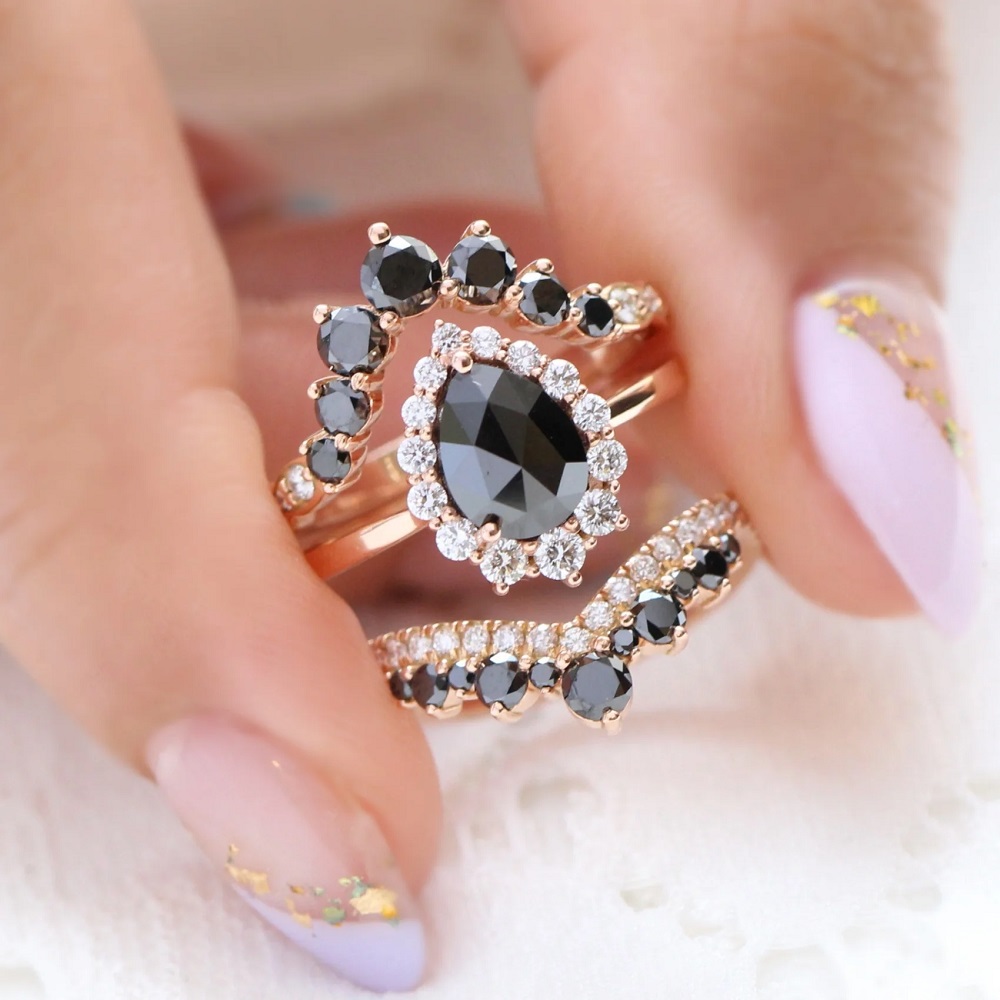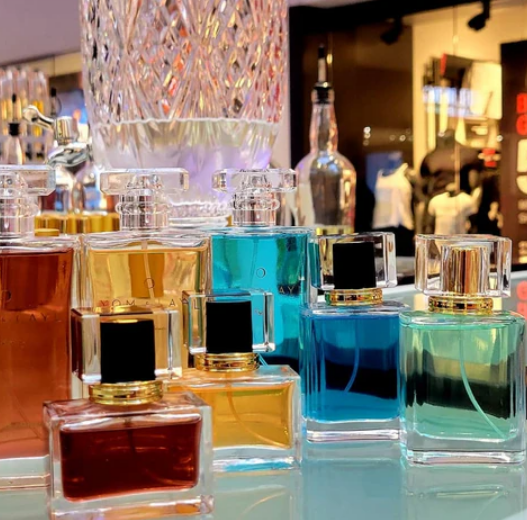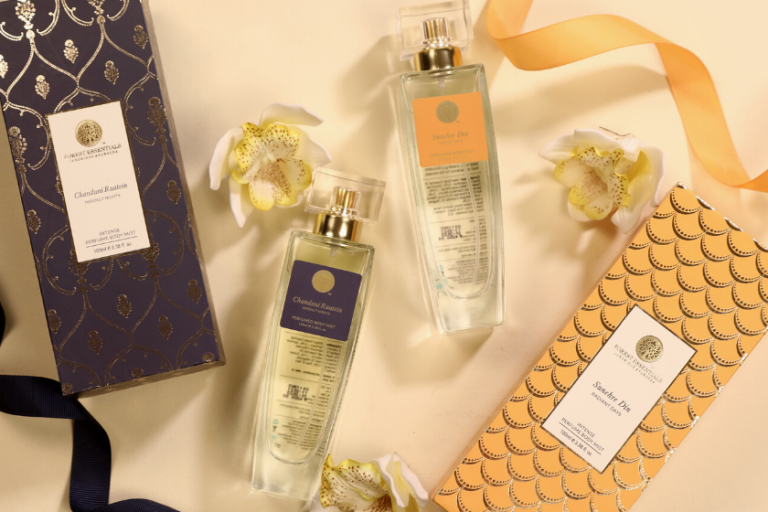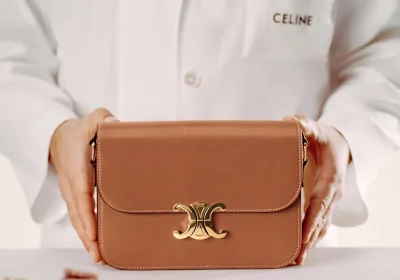
The Impact of Seasonality on Engagement Ring Prices
When it comes to purchasing an engagement ring, many couples are often surprised by the price fluctuations throughout the year. The impact of seasonality on engagement ring prices is a significant factor that potential buyers should consider. Various external factors, including holidays, trends, and market demand, can lead to variations in pricing, making timing an essential aspect of the buying process.
One of the most prominent seasonal influences on engagement ring prices is the holiday season. During this time, especially around Christmas and Valentine’s Day, demand for engagement rings surges. Jewelers often see a spike in sales as many couples choose to get engaged during these romantic occasions. This increased demand can drive prices higher, as jewelers capitalize on the festive atmosphere. In contrast, purchasing an engagement ring during off-peak times, such as the summer months or right after Valentine’s Day, may yield better pricing and more options.
Another factor to consider is the effect of trends and fashion on engagement ring prices. Seasonal trends often dictate which styles are popular at any given time. For example, certain shapes, settings, or gemstones might be in vogue during specific seasons, causing their prices to rise. Buyers who keep an eye on these trends can potentially make smarter purchases. For instance, if a particular style is expected to be popular in the upcoming months, purchasing an engagement ring before the trend peaks might save buyers money.
Additionally, market dynamics play a crucial role in determining engagement ring prices throughout the year. For instance, the diamond industry often experiences seasonal fluctuations in supply and demand. If there’s a surplus of diamonds available at a certain time, prices may drop, making it an opportune moment for buyers. Conversely, if there’s a scarcity due to increased demand or mining challenges, prices may rise. Awareness of these market trends can provide valuable insight into when to buy an engagement ring.
Moreover, economic factors can also influence the seasonality of engagement ring prices. During times of economic downturn, consumers may be more cautious about spending, leading to lower demand for luxury items, including engagement rings. Jewelers might respond by offering discounts or promotions to encourage sales. Conversely, in a booming economy, demand may increase, leading to higher prices.
Buying an engagement ring also involves personal timing. Many couples may have their own significant dates or events that influence when they choose to purchase a ring. For instance, some may opt for summer engagements due to the pleasant weather, while others might prefer the winter months for a cozy atmosphere. Understanding these personal timelines can help couples navigate their buying decisions effectively.
In conclusion, the impact of seasonality on engagement ring prices is multifaceted, involving external factors such as holidays, market dynamics, trends, and personal timing. Couples looking to buy an engagement ring should be mindful of these seasonal influences to make informed decisions that not only fit their budget but also reflect their personal style and preferences. By strategically timing their purchase, couples can potentially save money while finding the perfect engagement ring to symbolize their love and commitment.
















